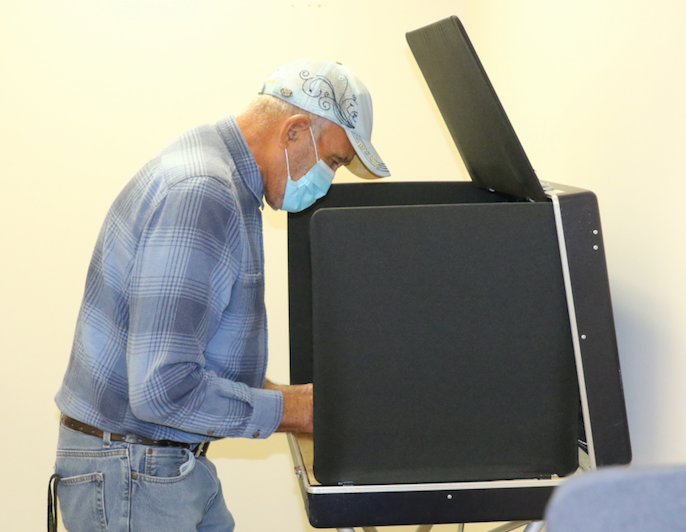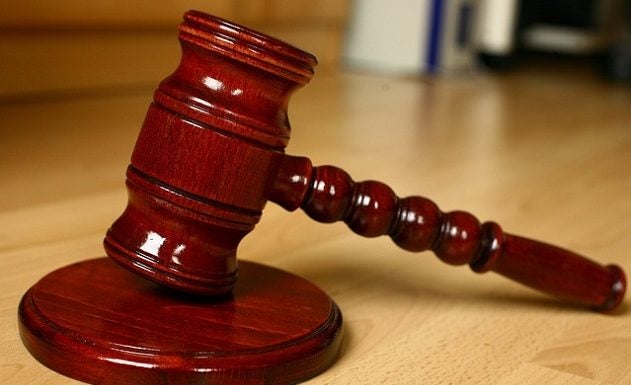When turning left stop at the line
Published 11:10 am Tuesday, September 1, 2015
When waiting to make a left turn from a left turn lane, is there any law stating that you cannot do so from the middle of the intersection? I see many people waiting before the intersection and if the oncoming traffic is heavy they never get to make the turn on that cycle.
To turn or not to turn — that is the question posed in this week’s “You Asked” feature.
To be more precise, our reader asked if a driver should proceed into an intersection on a green light in order to wait for oncoming traffic to clear before making a left turn.
Most drivers, in fact, aren’t sure of the answer. The Department of Motor Vehicles (DMV) does not address that specific situation in the Driver’s Manual.
Asked to clarify the correct left-turn procedure at a stoplight, DMV spokesperson
Brandy Brubaker said, “I think everyone probably wonders the same thing when they approach a stoplight. Drivers should stop at the stop line until it is safe to move forward and make the turn”
“The Virginia Department of Education Driver Training Curriculum says that you should not enter the intersection unless complete passage there is available,” Brubaker said. “From a law enforcement perspective, staying behind the stop line until you’re able to turn is the safest bet. That will prevent you from becoming stuck in the intersection in the event that the light turns red before you’re able to turn. Also, you wouldn’t be in the way if an emergency vehicle approached.”
Vonnie Colvin, who teaches Introduction to Traffic Safety and Driver’s Education Methodology at Longwood University, relayed the Virginia Department of Education’s comment on the topic of legal left-hand turns, “People should contact local police for an interpretation.”
While Farmville Police Chief Curtis Davis was not aware of any major concerns relating to left hand turns at intersections in town, he addressed possible consequences.
“If you are caught in an intersection and it results in an accident, you’re going to be at fault,” he said. “If the light turns red and you’re in the intersection, in technical terms you’re running a red light. It doesn’t excuse you, when you’re in the middle of that intersection, to violate the law.”
The police chief added that each intersection is unique.
“Each officer has the discretionary ability on whether or not to place a charge,” Davis said. “Each intersection is built differently. It can depend on how aggressively a person goes in front of someone else or if a driver is blocking the intersection — all of it comes down to the discretion of the officer.”
“It’s one of those fine lines of the law where it’s not black and white, so stopping behind the bar is the clear measure,” Davis said. “As with anything else, the discretion’s there, but the law’s the measure.”





